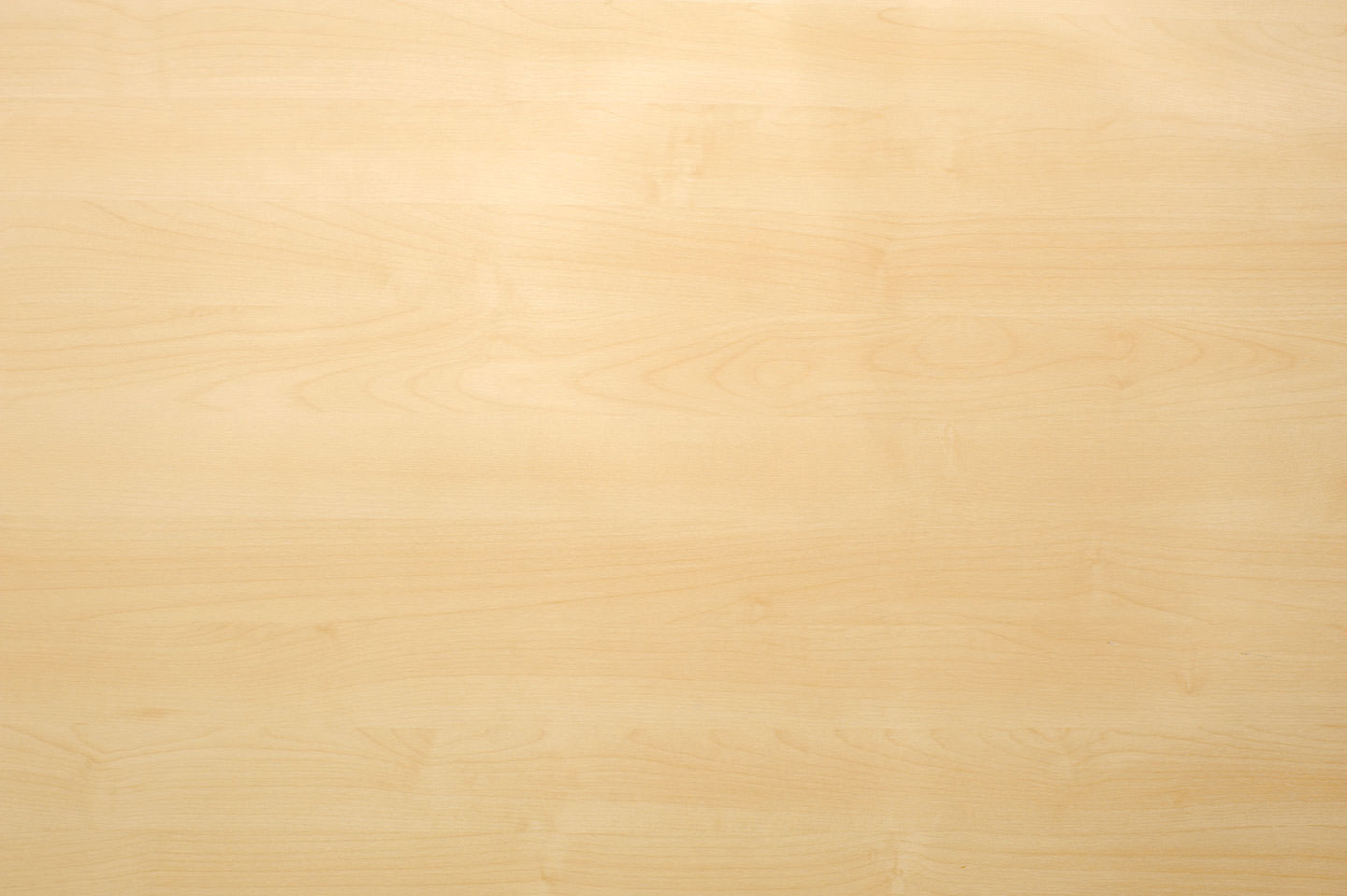

EuroWire – January 2011
54
technical article
New technology for
lubricating cold extrusion
materials and
cold heading wire
By Jude Burke, Chemetall PLC, UK
Abstract
It is increasingly difficult to deal with the
contamination of wastewater from zinc
phosphate or zinc-calcium phosphate
coatings. This paper describes a conversion
coating process involving the electro-
lytic deposition of a calcium phosphate
carrier coat.
The process is efficient, free from heavy
metals and sludge, and well suited to
wire drawing, cold heading and extrusion.
The paper highlights the cost savings,
environmental benefits and productivity
improvements that can be achieved by a
combination of calcium phosphating with
a polymer coating.
Synopsis
The
lubricants
currently
used
for
drawing cold heading wire and for cold
extrusion processes are soaps. In addition,
molybdenum disulphide dispersions are
used for cold extrusion processes. These
lubricants are increasingly
being replaced by ultra
thin polymer technology,
which offers benefits
such as improved tool
life, extension of the
interval
between
oil
changes in cold heading
machinery and allowing
the fabrication of parts
with complex geometry.
These polymer coatings
are applied on top
of conventional coatings
as use on bare steel is
restricted to a very few
specific cases.
Conventional coatings used are zinc
phosphate or zinc-calcium phosphate.
However, it is becoming increasingly diffi-
cult to deal with the sludge and heavy
metal contamination of wastewater from
these processes. The answer to these
problems is given in this paper, which
describes a conversion coating based on
the electrolytic deposition of a calcium
phosphate carrier coating.
This process is highly efficient and free
from heavy metals and sludge. The con-
version coating is eminently suitable
for wire drawing, cold heading and cold
extrusion. This paper highlights the cost
savings, environmental benefits and
productivity improvements that can
be achieved by using a combination of
calcium phosphating with a polymer
coating.
1 State of the art
The diagram below illustrates what is
currently described as the state of the art
process sequence.
1.1 Explanations regarding the state of
the art
Initially the parts are pickled, rinsed and
activated. An alternative to pickling is
mechanical descaling. This is followed
by a zinc phosphate conversion coating,
which is obtained by means of a chemical
reaction.
For many manufacturing processes a
conversion coating is essential to achieve
high quality, cost effective large-scale
production.
The parts being processed are again
rinsed, neutralised and finally a lubricant
is applied. The lubricants are water-soluble
soaps that react with the conversion coat
or, alternatively molybdenum disulphide
(MoS
2
) dispersions. The complete process
sequence takes between 60 and 90
minutes.
It is worth noting that the quality of
the phosphate, and the subsequent
performance results, are a reflection on
how much care has been taken in the early
process stages.
Neutrali-
sation
Lubrica-
tion
Rinsing
Conversion
coating
Activation
Rinsing
Pickling
Figure 1
▼
▼
:
State of the art workflow

















